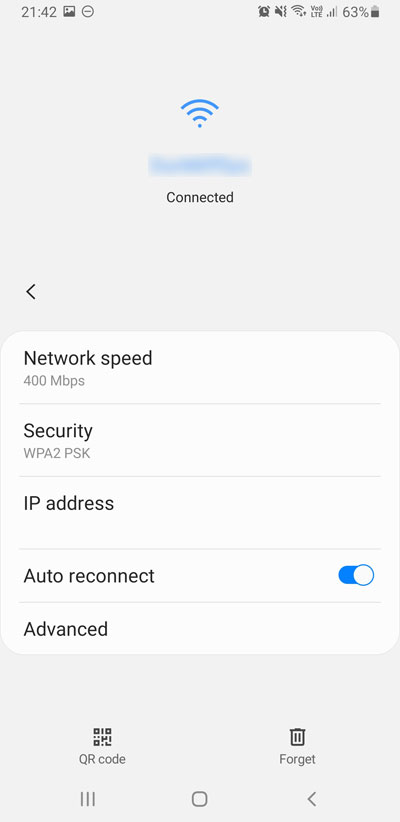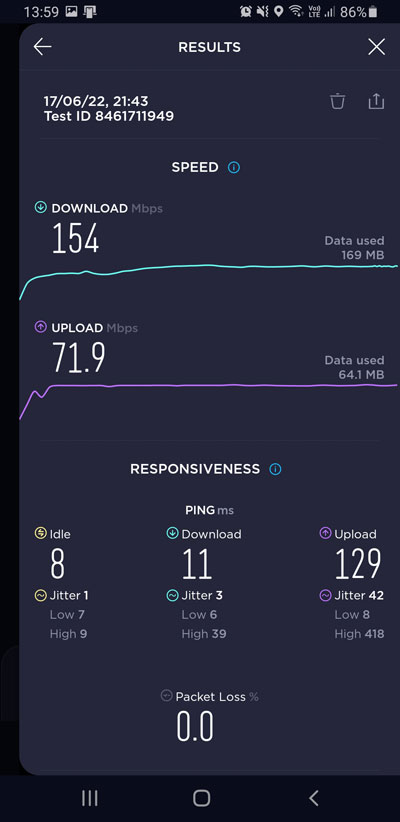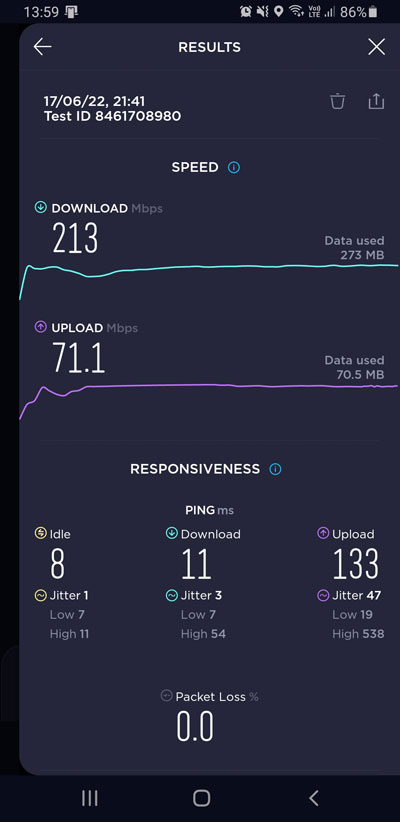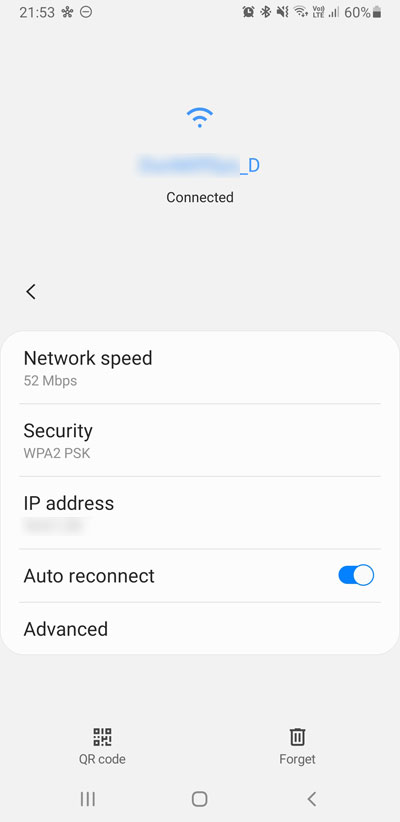A Draytek, be it a 2765, 2865, or 2927 based on WAN connectivity and LAN complexity is my go to device for a router. More than likely these are the ‘ac’ variants as WiFi provision is expected rather than featured.
In newer Draytek models the perceived performance of wireless as been lacking based on earlier models such as the rock solid 2860n/plus with reduced range and throughput speeds, in particular poor VoIP performance for my industry.
This could be down to the passage of time and how WiFI has become even more ubiquitous, in demand and ultimately a more congested radio band. Regardless an alternative solution needs to be explored.
Previous dabbling with deployment of Unifi access points have yielded trouble fee results, so this would be a quick win. Trouble is, the default AC-Pro and AC-LR are in serious supply shortages at present. Wifi 6 variants have better stock availability but also have a higher purchase cost.
The only Unifi AC product that is plentiful is the NanoHD, so in desperation lets see if it is a justifiable upgrade to the Draytek offering…
Test Environment
There’s nothing scientific about the test setup here, I’m currently using a Draytek 2927ac for WiFi so will switch all home wireless traffic over to the Unifi AC-Nano (by cloning SSID and PSK) and observing any changes.
I’ll keep the Draytek radio’s active during use of the Nano, adding a ‘_D’ to the SSID to differentiate the devices for testing. This will also add a bit of competition on the radio spectrum that is now commonplace.
Location
The competing devices are placed within a foot of each other to give an accurate range comparison, I’ve chosen to suspend mount the Unifi as research suggests the antenna’s in the unit are somewhat directional.
As this is mounted on a fixture on the ground floor, I’d be interested on discovering WiFi performance on the first floor, ultimately to discover how directional the antenna’s are.
As mentioned, both Draytek and Unifi units will be broadcasting SSID’s and within a foot of each other, chosen as a worst case scenario of how each compete / compare in the radio spectrum (auto channel enabled on both).
Test Equipment
For simplicity, its a Samsung Galaxy Note9 using speedtest.net app, connecting to the same test server each time.
Test One
First test is an indoor line of sight, test phone is approx 25 feet away from the access points but still in line of sight.
Unifi:
Draytek:
I wouldn’t expect this to be a struggle, but both results were far shy of the available 550Mbps download bandwidth, however this could be down to the test server as it was kept as a constant. Upload reached full utilisation at 75Mbps.
Draytek wins this round.
Test Two
Relatively speaking I have a home that’s easy for Wifi, small and of traditional brick construction. To create a bit of a challenge for comparison the next will be from outside and within the car sitting on the drive, approx 50 foot distance
Unifi
Draytek
Something I’ve noticed during testing is the Unifi does seem to offer a better range over the Draytek, giving better bars / RSSI on the fringes of my network.
Results are pretty even, but from a VoIP perspective the latency and jitter under load is way too high to support real time media.
Test Three
More of a real world test, I have a Raspberry Pi Zero running in a garden shed running off a solar panel and 12V battery. The Pi Zero WiFi antenna is self contained on the chip, being a challenge to an access point to create a reliable connection to it from a distance.

The AC-Nano was installed on 9th June, although the ping times don’t show much of an improvement.
Summary
The results were disappointingly similar considering adding AC wireless to a Draytek router is around £40, compared to the £130 in buying the NanoHD (before required controller / Clouldkey).
Yes the NanoHD is not the most suitable product for the testing, but as mentioned this is the only one that has plentiful stock at the moment.
From testing, the Nano seems to advertise a better signal to devices than the Draytek, so ‘devices’ such as my car can pick up Wifi on the Nano where the Draytek could not.
But on comparison, this signal increase does not yield better throughput, devices that pick up the Draytek get more or less the same, with the Draytek advertising a greater speed.
From a VoIP perspective, where both pushed over 1 second latency on upload at load, neither can be considered a solution. I understand that a speedtest.net test aims to utilise all available bandwidth, but in real world scenarios, there nothing to stop any other application acquiring all available bandwidth during normal use and negatively affecting voice traffic at the same time.
Finally if you were wondering, suspending the NanoHD then using a device “behind” it (i.e above its location) worked fine.
Update: August 2021
Since initial testing I ended up reverting back to the Draytek for Wifi, as performance was the same and saved on powering another device. However I’ve now sourced an AC-Pro and replaced it in the same location as the NanoHD.
Performance with this model is improved, not so much from increased speed or reduced jitter but whats noticable is the reliability of devices on the fringes of range.
Below is a recent graph from the Pi Zero:

Its clear to see the AP-Pro’ installation on 9th Aug by the lowered ping times.
Its not perfect however as seen with the spikes, however am starting to suspect this is lining up with my activity in having other Wifi devices (laptop, mobile) in the same vicinity or between the Pi and Pro is causing these spikes.
If time permits I’d would like to revisit this compare the AC-Pro and NanoHD side by side, but for the original brief of is a NanoHD better than a Draytek, the answer is No.







